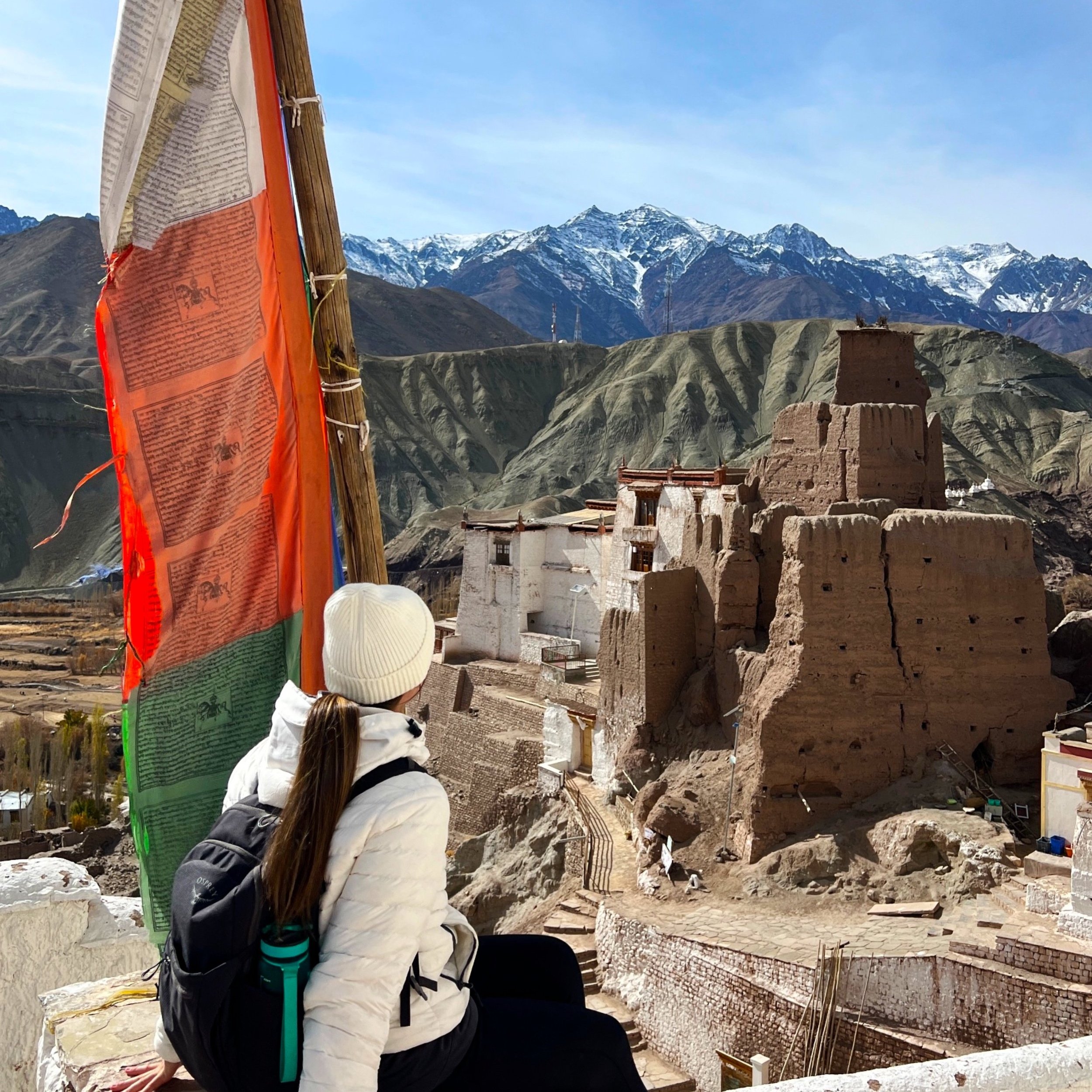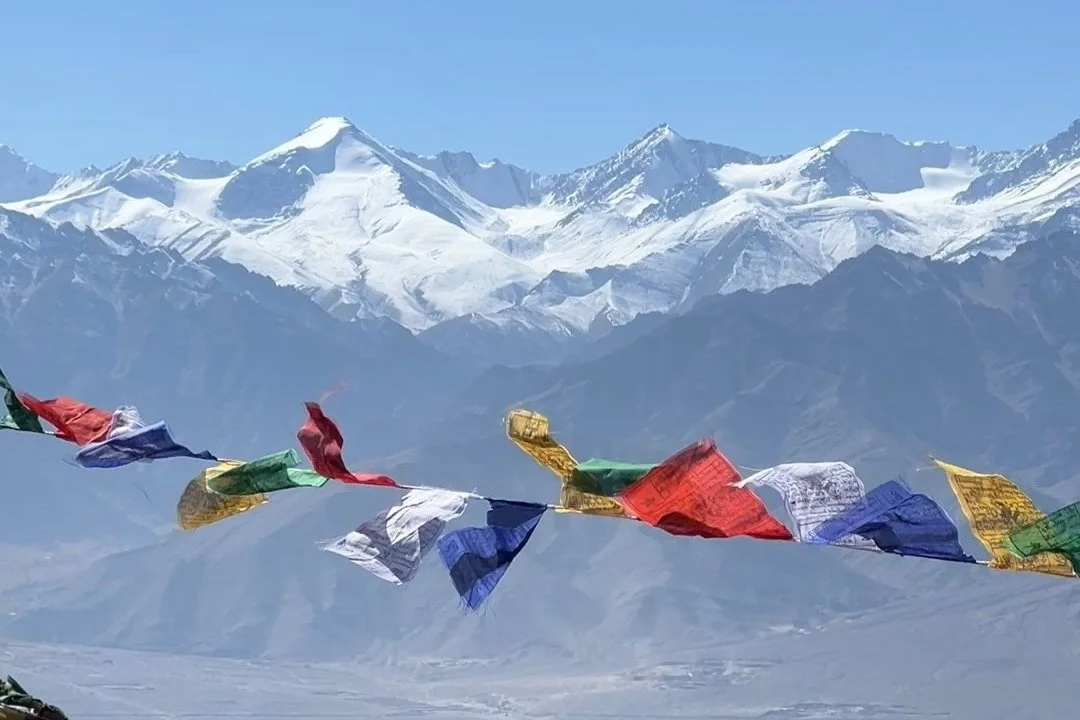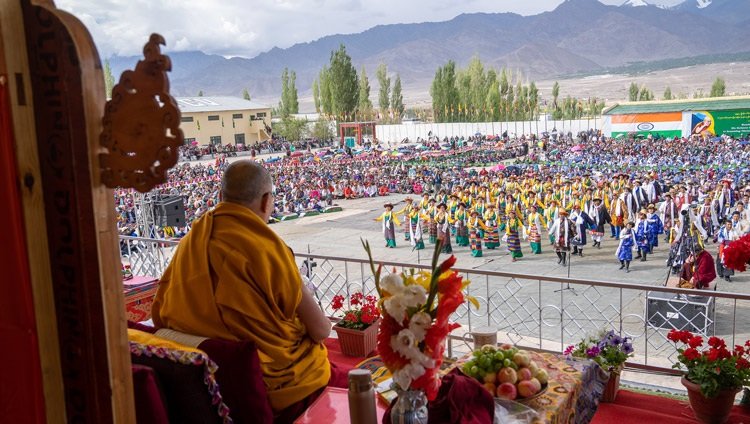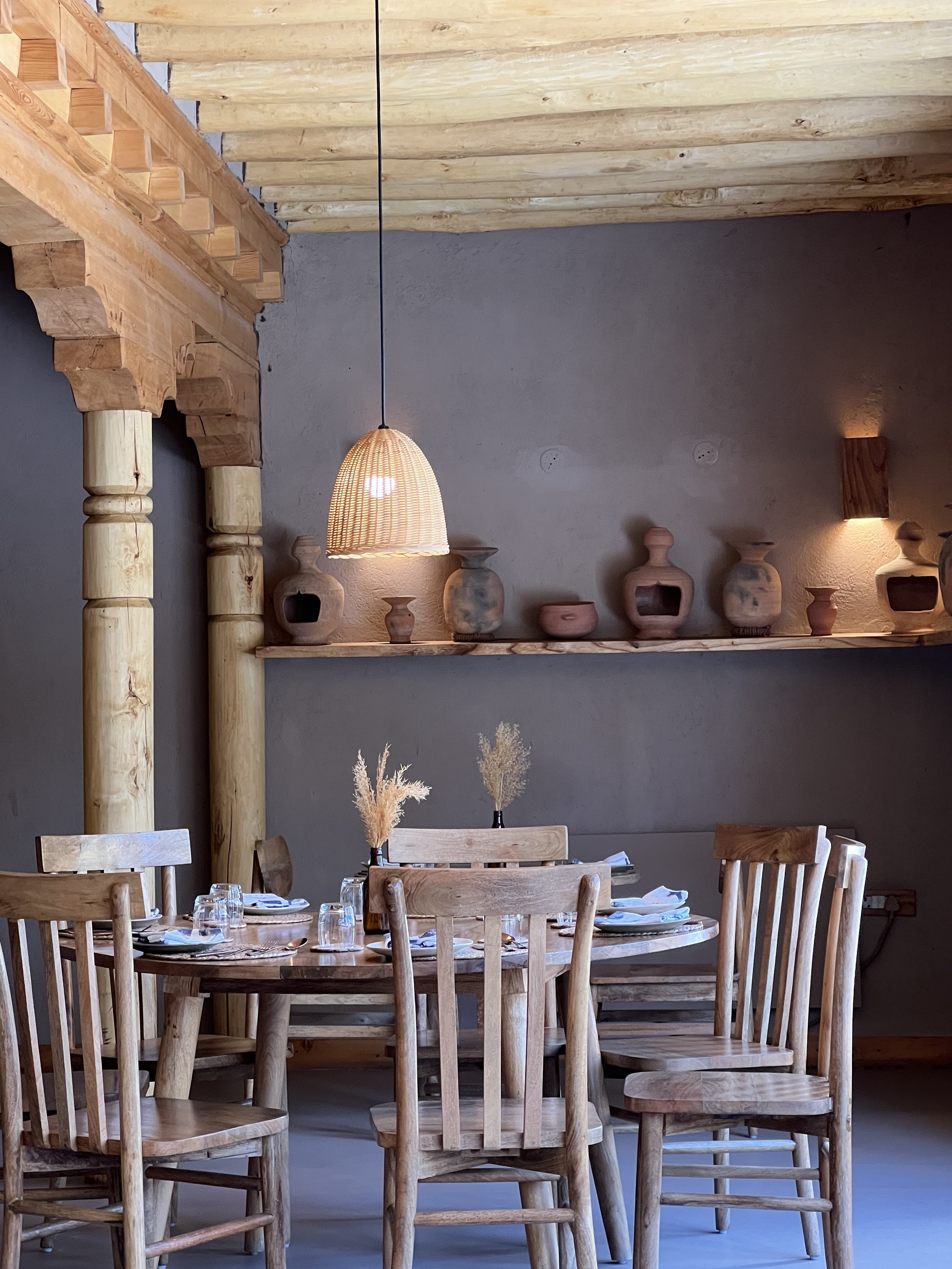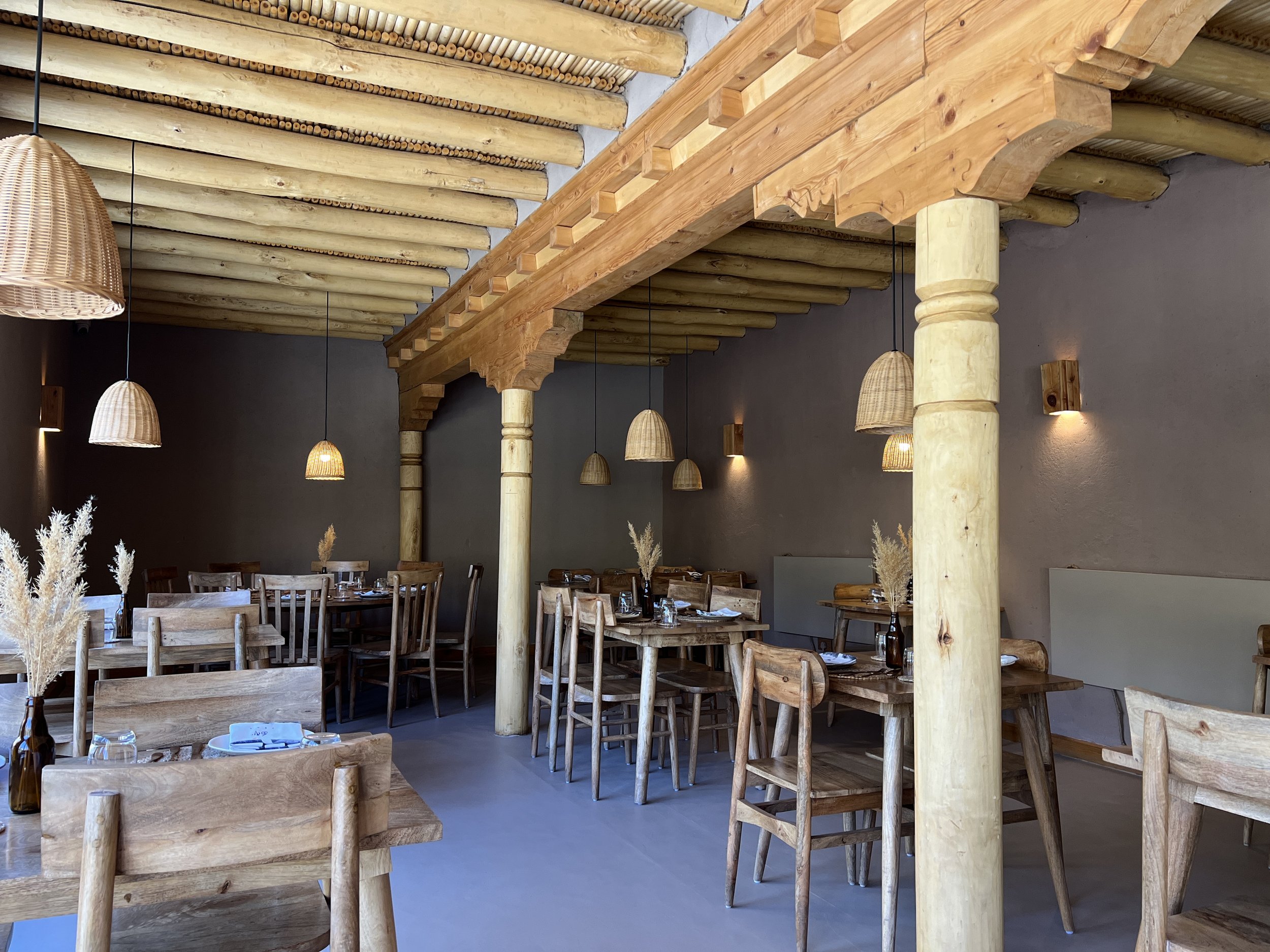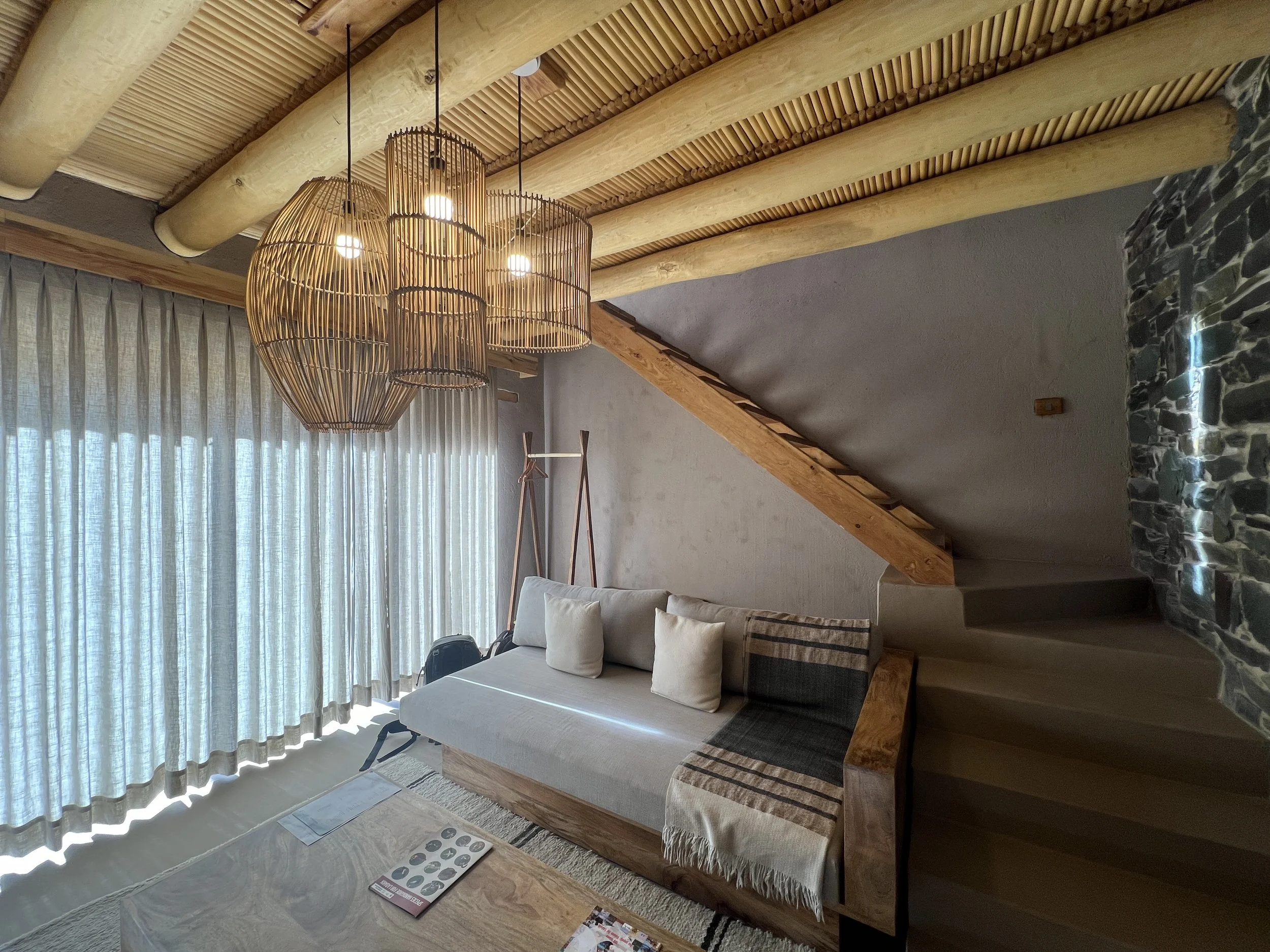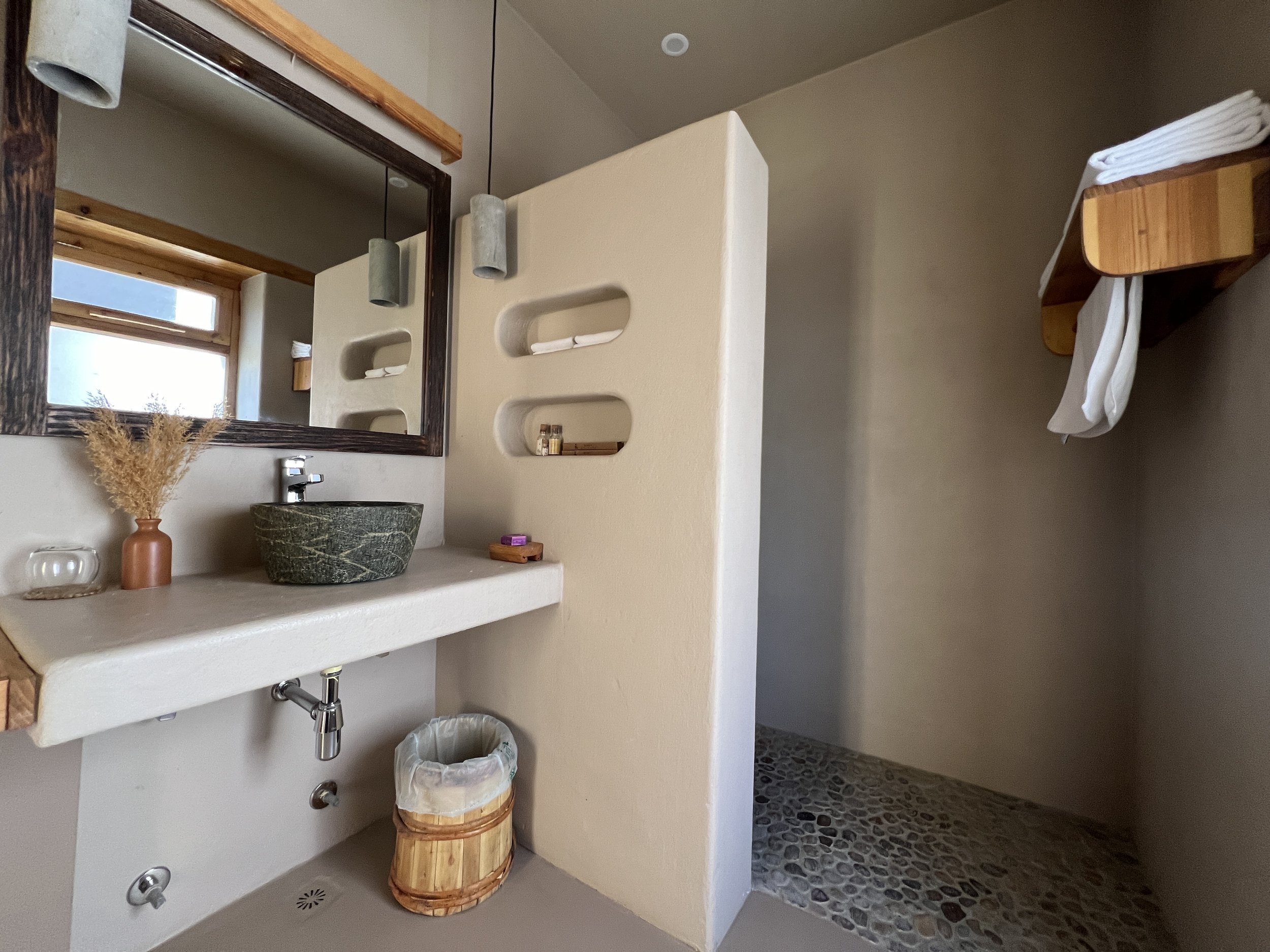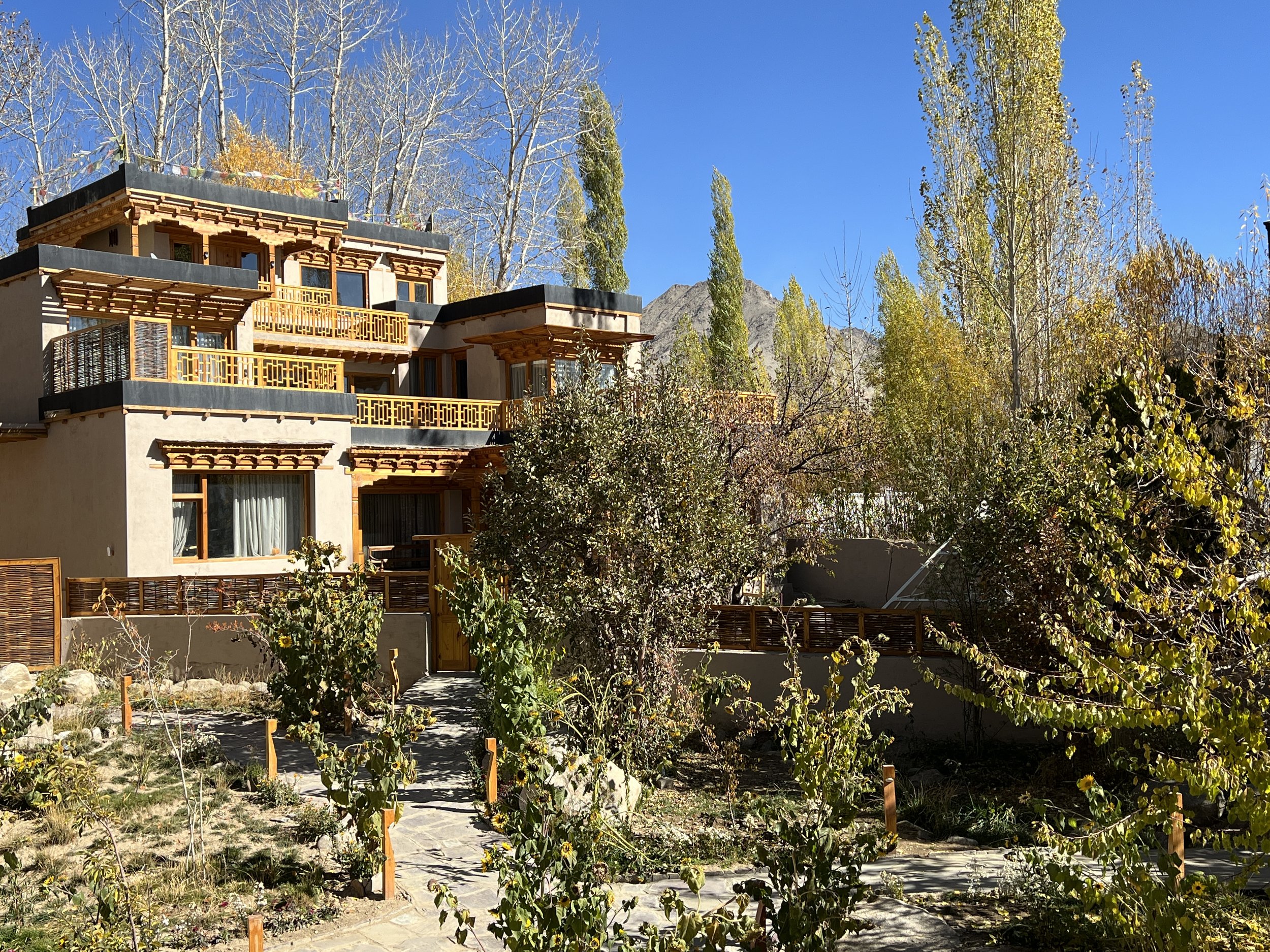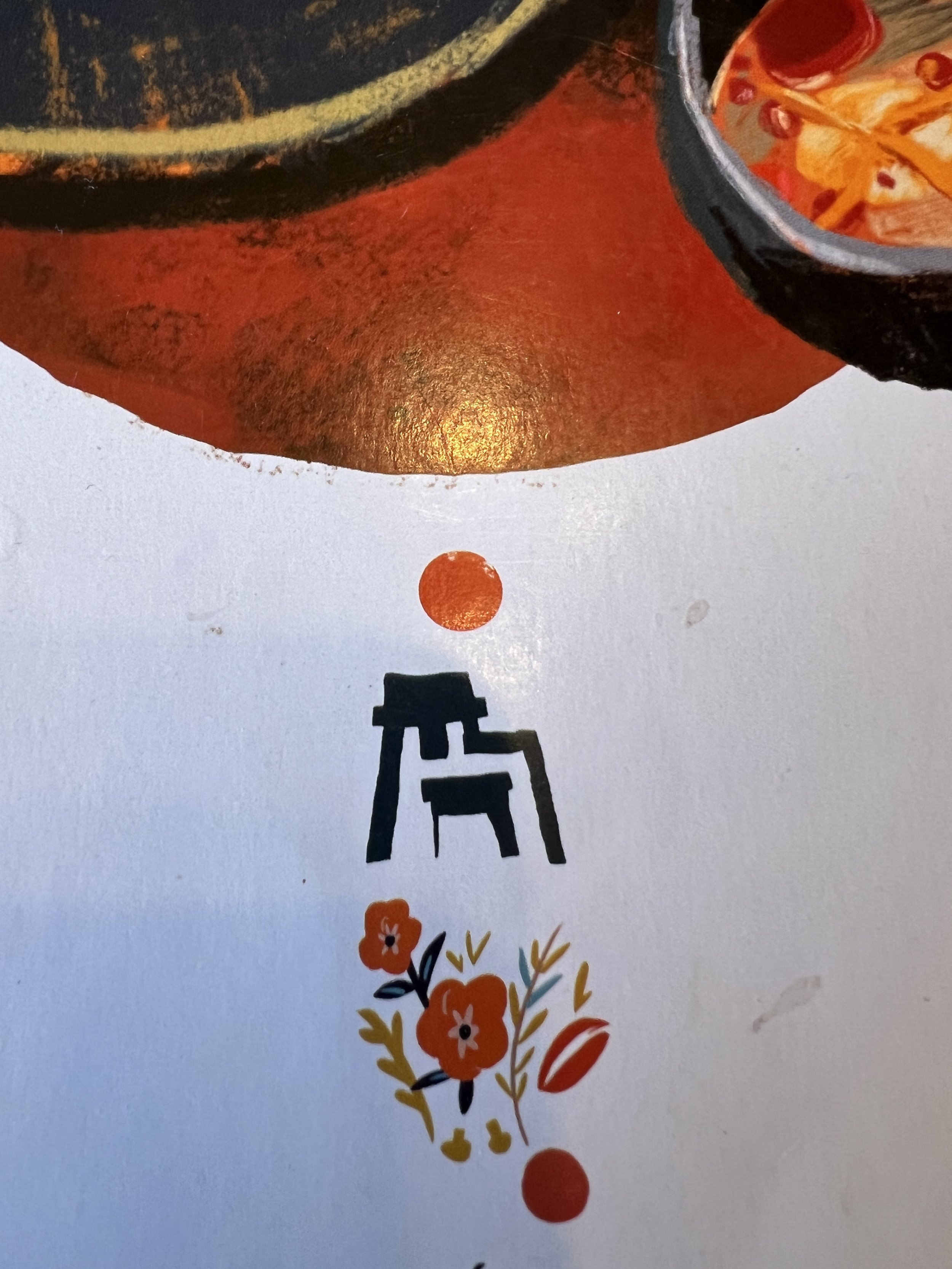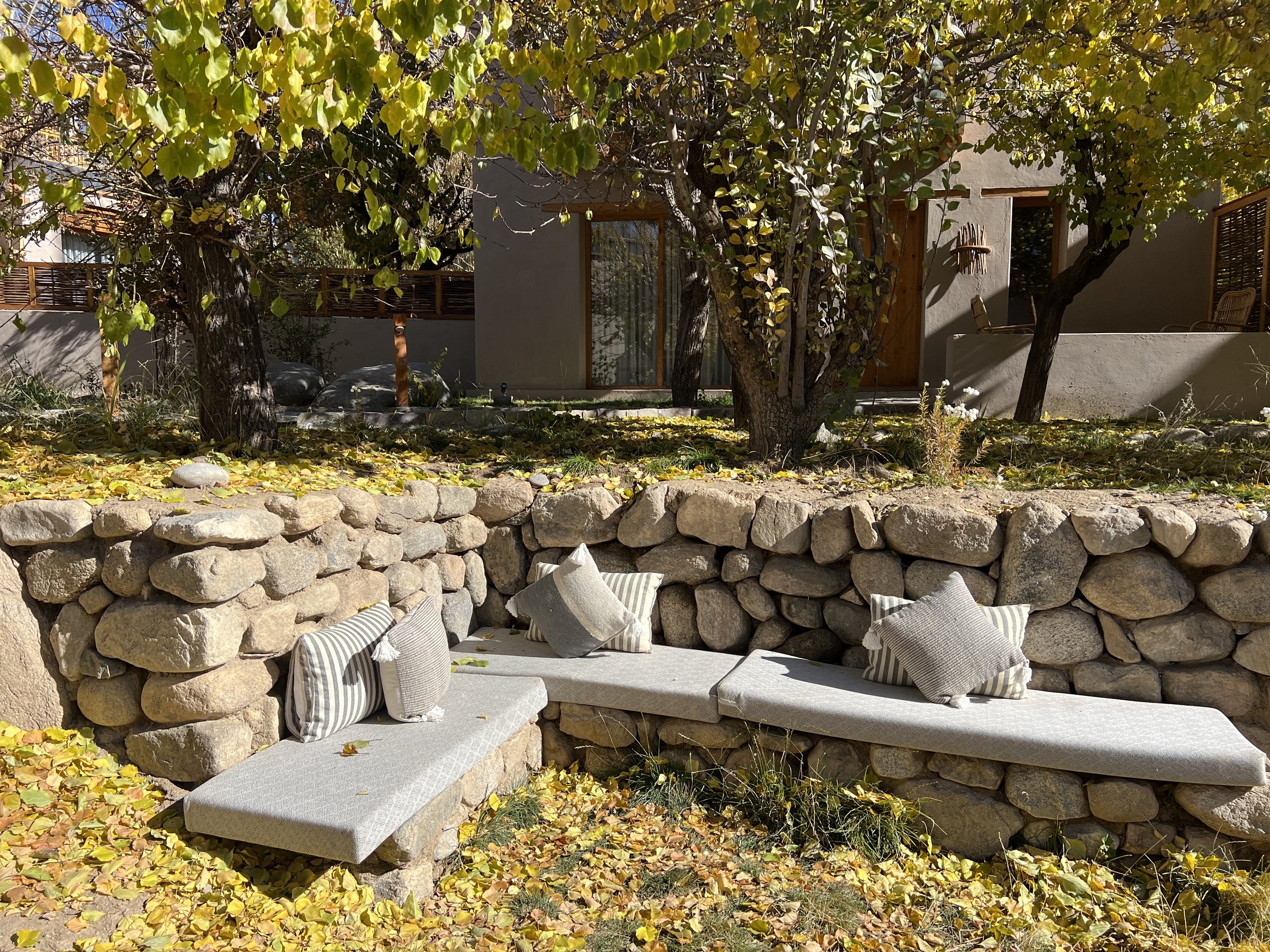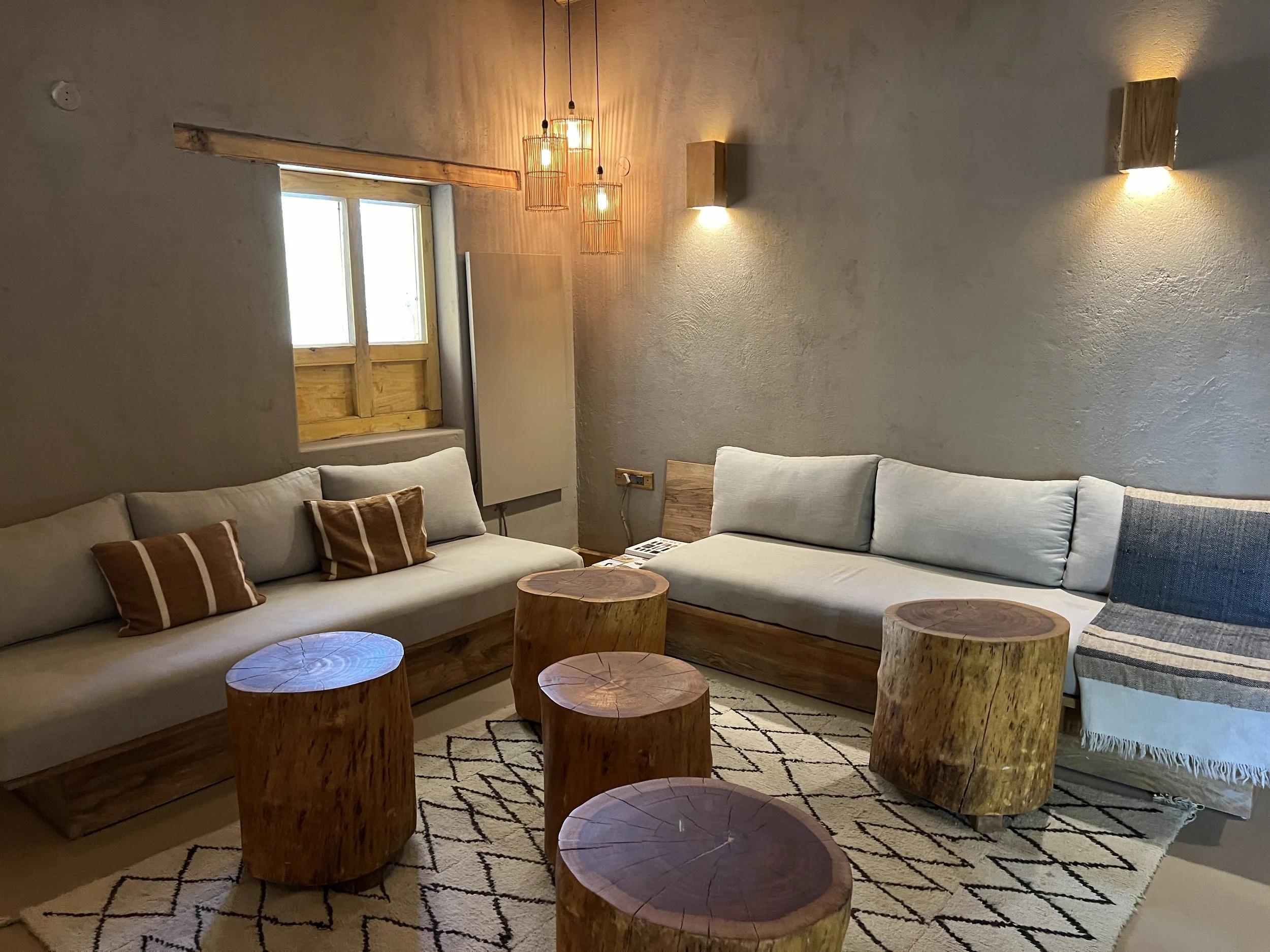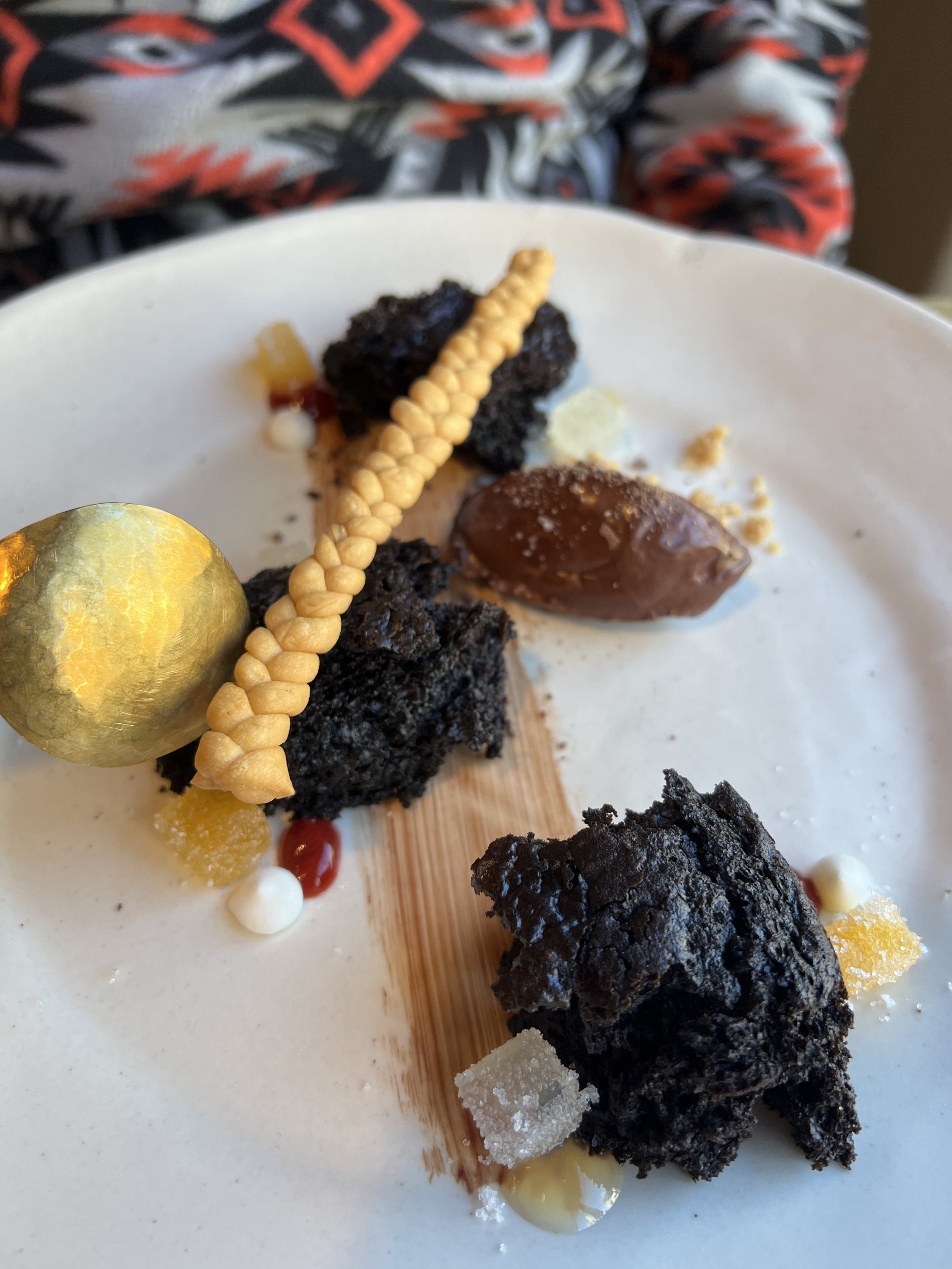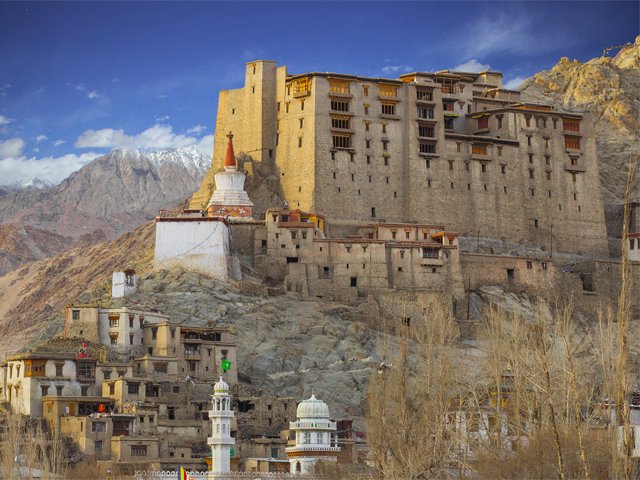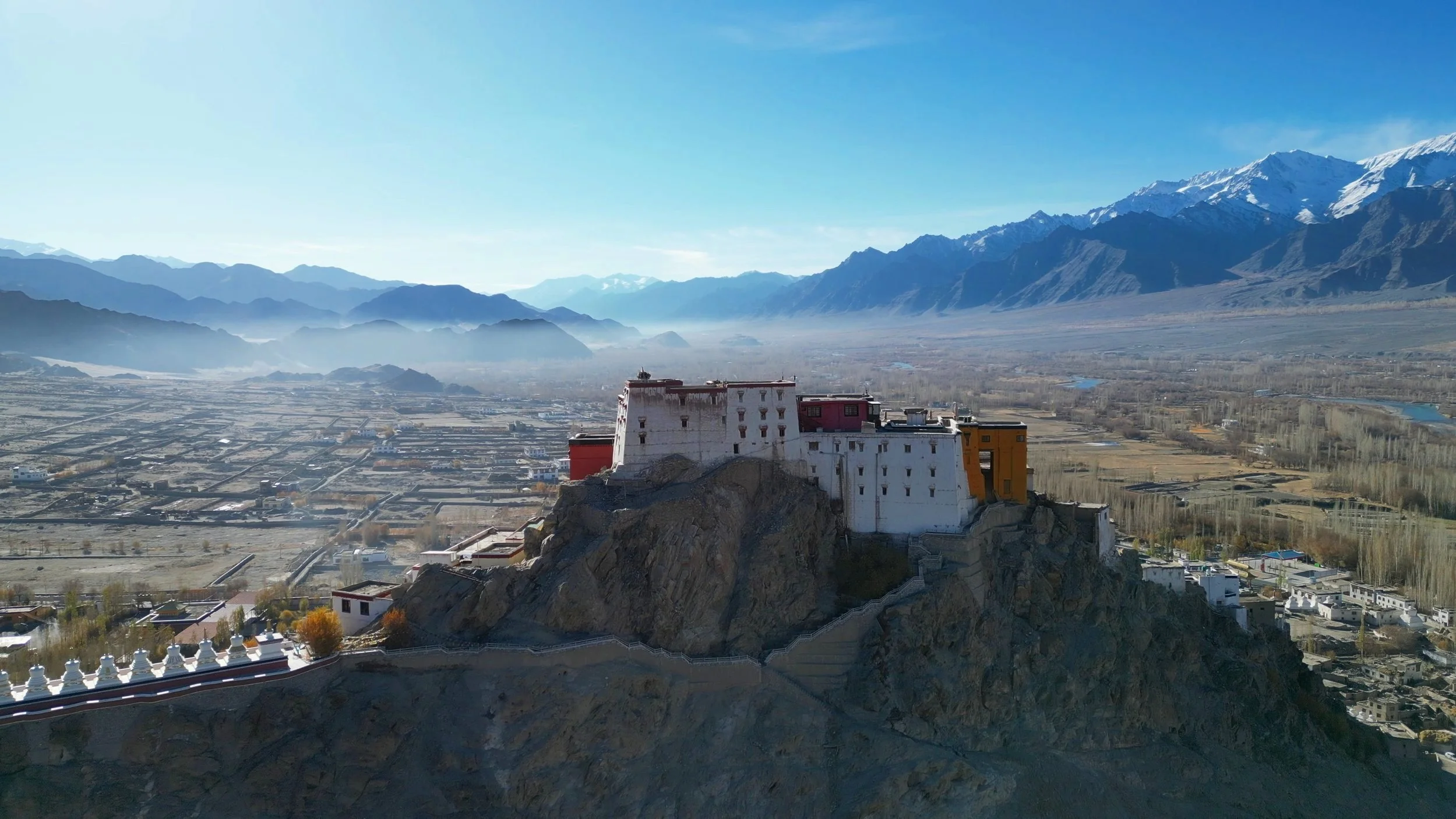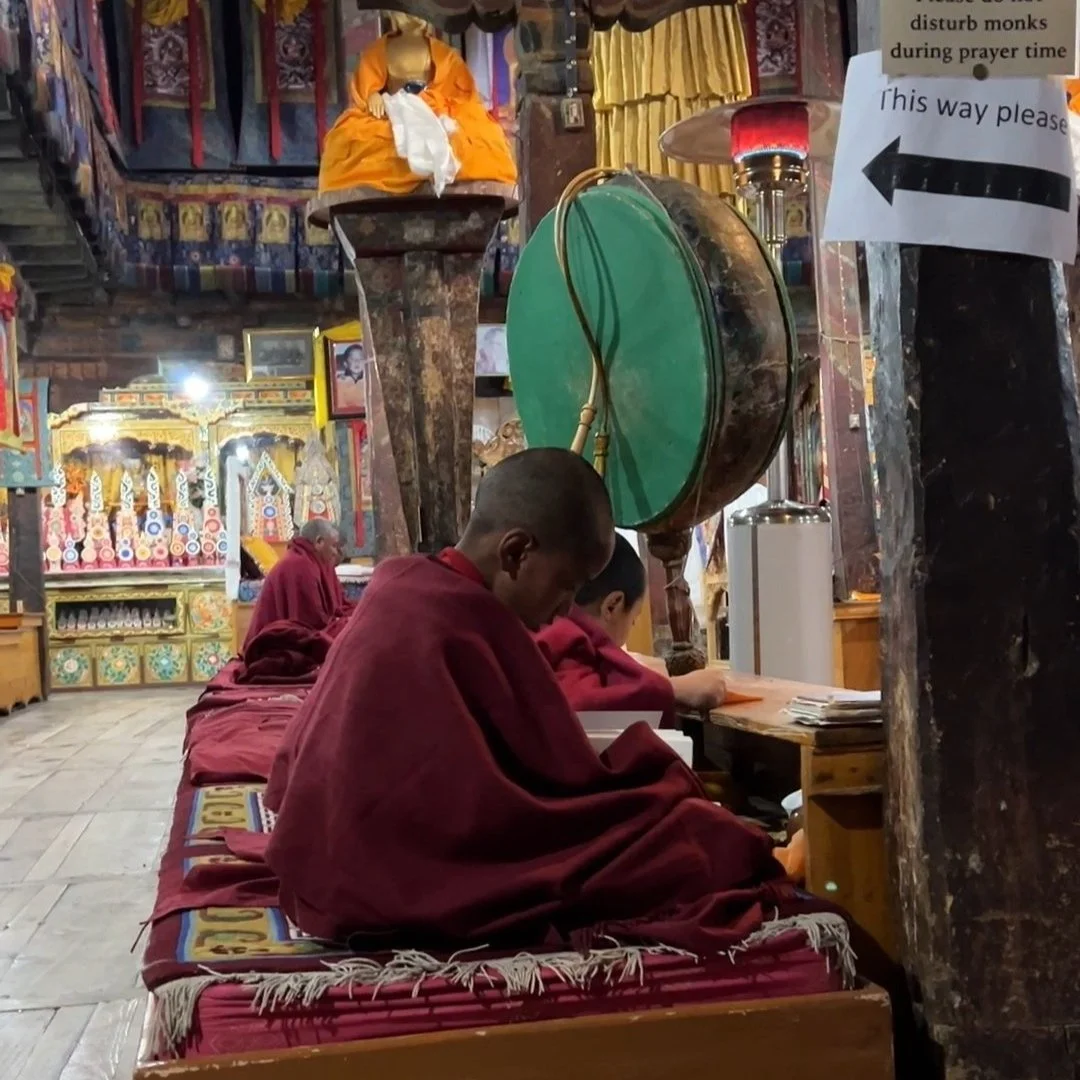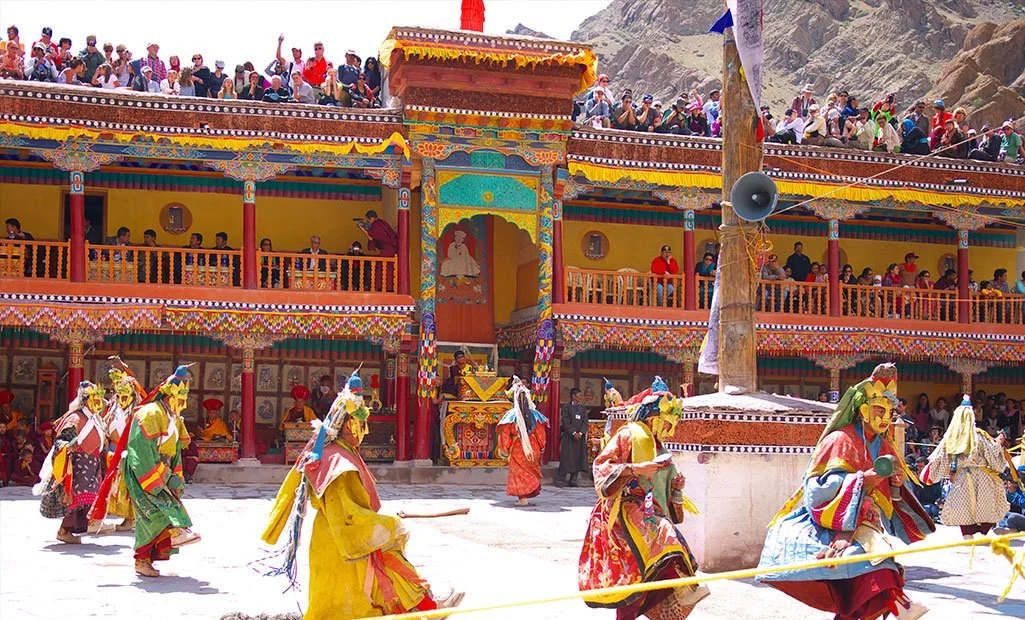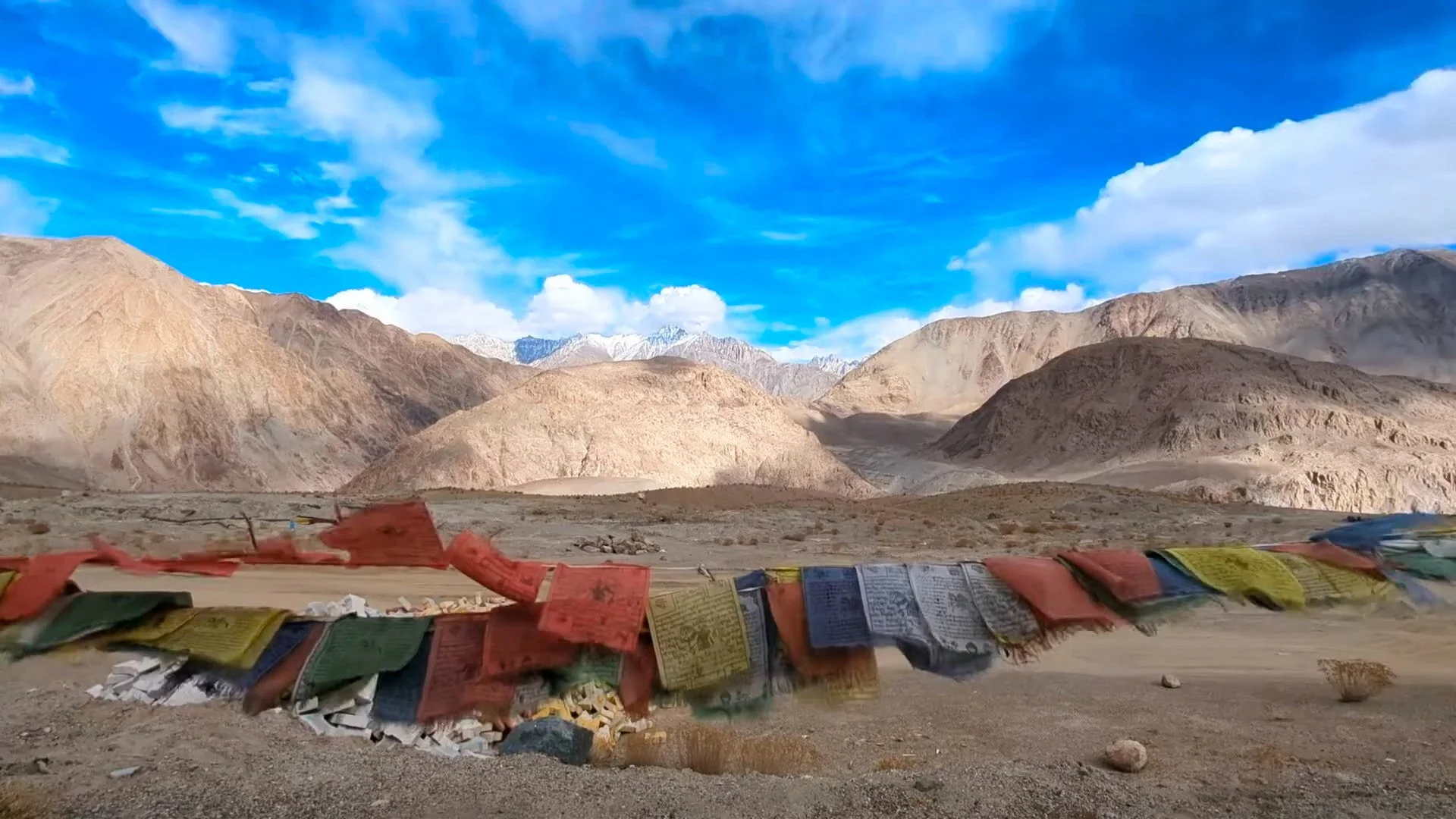Exploring Ladakh: A Journey Into Little Tibet
You've been dreaming of visiting a remote location filled with culture and natural beauty. Someplace off the beaten path where you'll find an ancient way of life. Look no further than Ladakh, a stunning mountain region in Northern India, nestled high in the Himalayas.
You'll get a glimpse of 'Little Tibet' and understand why many Tibetans have made Ladakh their new home.
Why little tibet?
Ladakh is often called 'Little Tibet' due to its strong Tibetan influence that extends back centuries. Ladakh was once part of the Tibetan empire, and Tibetan Buddhism spread through the region during this time. Even after Ladakh gained independence in the 10th century, the Tibetan Buddhist culture remained. You'll see Tibetan monasteries and stupas throughout Ladakh with a distinctly Tibetan style.
The Ladakhi and Tibetan languages are also very similar, to the point of near mutual intelligibility.
A SAFE HEAVEN FOR TIBETANS
After China took control of Tibet, thousands of Tibetans fled south into India. Many settled in Ladakh, as it was familiar to them culturally and environmentally. Ladakh provided a safe place for Tibetan refugees to rebuild their lives while still honouring their cultural heritage. Estimates say Ladakh's population is now about 50% Tibetan.
The Dalai Lama has visited Ladakh many times, showing his support for Ladakh's Tibetan Buddhist roots.
Photo from www.dalailama.com
Ladakh is the closest you can get to experiencing Tibetan culture without entering Tibet. The Tibetan refugees have brought life back to ancient monasteries and strengthened cultural traditions that were at risk of fading away. Thanks to this intermingling of peoples, the Tibetan spirit remains strong and alive in this little corner of the Himalayas.
The Scenery
The arid, mountainous landscape of Leh Ladakh closely resembles the Tibetan Plateau, with jagged snow-capped peaks, high-altitude deserts, and rocky cliffs. The scenic beauty of Leh Ladakh feels utterly exotic and unlike anywhere else in India.
Photographing the picturesque monasteries against this dramatic backdrop transports you to the remotest corners of Tibet.
How to reach Ladakh?
To enter India you have to apply for an e-Tourist Visa that is valid for 30 days. I applied for the e-visa two weeks before entering India and my visa was approved the day after applying, so it’s very easy and fast. Important to know is that you need a passport picture to attach while sending your visa application.
If you want to explore Ladakh, I recommend finding accommodation in Leh city. There are direct flights from New Delhi to Leh, with an incredible view while flying above the Himalayas.
Before starting your adventures in Ladakh, it is advised to acclimatise and take it easy for a couple of days in Leh city, located at 3500 mt.
Where to stay in Leh?
DOLKHAR RESORT
If you come to Leh I recommend staying in Dolkhar Resort, a treat in the desert mountains of Ladakh. A place like Dolkhar is least expected in this beautiful yet harsh region. Everything is curated carefully with a lot of love to demonstrate the culture and lifestyle of Ladakh in a modern and sustainable way. The luxury cottages can accommodate two or more people. All rooms are equipped with heaters, insulating you from the harsh cold weather. This was particularly crucial for me as the temperature range during the time I was visiting was -10 to -5 degrees Celsius.
The hotel staff is very friendly and always happy to help, they even provided us with a private driver for a week, that drove us around the region, all for a very cheap price.
The best period to experience Ladakh
Ladakh in early November
If you want to experience Ladakh with warm weather, you should visit it during the summer season from April until July. During this time the temperatures are between 15 to 30 Degrees Celsius, however, expect many tourists and higher accommodation prices.
The months from mid-September to mid-October are considered to be the best period. During this time, you will find fewer crowds and you can enjoy the stunning beauty of Ladakh’s landscape before the winter hits.
I visited Leh at the beginning of November and I thought it was the best time! In this period all the leaves were changing colours, and we were the only tourists around, so visiting Ladakh felt even more special and authentic! People avoid November due to the cold weather, with temperatures hovering around -2, -8 degrees Celsius. For us I didn’t feel cold, (we are used to the humid and windy winters in Norway). In Leh the cold is dry and there’s no wind, at least in the period when we went. The only minus is that many restaurants in Leh were closed, being in the off-season.
It is best to avoid Leh in December and January when the temperature can reach -20, or -30 degrees Celsius and all the valleys are covered by snow, therefore they are hardly accessible.
7 DAYS TRAVEL ITINERARY IN LITTLE TIBET
One week is the perfect time for you to explore the Ladakh region. Below, you’ll find the travel itinerary I followed during my stay in Leh. From the most beautiful monasteries to scenic mountain peaks bordering Tibet.
DAY 1 - WANDER AROUND LEH CITY
Gompa Soma - 25 min by walk from Dolkhar Resort
Leh Palace - 30 min by walk from Dolkhar Resort
Tsemo Matreya - 55 min by walk from Dolkhar Resor
You can visit Leh's main attractions in one day —The most importants are located in the centre of the city.
GOMPA SOMA
This small monastery (gompa) is located in the heart of Leh City, next to the Tibetan market. Even though it's not an impressive monastery compared to others, it is very peaceful and you can see the devoted praying and following the Tibetan Buddhist customs.
LEH PALACE
Photo: @himalayanwonders
Located on the top of the deserted Tsemo Hill, Leh Palace is also known as the former palace of the royal family of Leh.
In the exhibition halls, you can have a look at the paintings that are 450 years old and were created using colours made from powdered gems and stones.
From the top of the palace, you can admire the views of Ladakh mountain ranges and Leh’s town.
TSEMO MATREYA
The monastery is built high atop a mountain, following the steep path 20 minutes from Leh Palace. The monastery itself houses ancient Buddhist texts and artefacts and a three-story high gold statue of Maitreya Buddha. The view from above is incredible, with prayer flags adorning the mountainside. This place is a must while visiting Leh.
DAY 2 - EXPLORE THE TIBETAN BUDDHIST MONASTERIES
Spituk monastery - 12 min by car from Leh
Sangam viewpoint - 40 min by car from Leh
Basgo Palace - 1h by car from Leh
Likir Gompa - 1h10 by car from Leh
Saspol Caves - 1h20 by car from Leh
Alchi monastery - 1h30 by car from Leh
If you want to know more about the Tibetan Buddhist culture, there’s no better way than visiting the impressive monasteries. This itinerary is a full-day trip. All the attractions are located close to one another and organised chronologically, following the highway North from Leh.
SPITUK MONASTERY
Spituk Monastery is a Buddhist monastery 8 km from Leh. Today, it is the home of 100 monks and an awe-inspiring image of Mahakala (the protector of the Dharma). The face of this image is kept covered the whole time and only unveiled at the annual festival of Spituk in January.
SANGAM VIEWPOINT
Sangam viewpoint in Ladakh is the meeting point of the Indus and Zanskar rivers, near Leh City. The scenery is truly amazing, with the turquoise colours of the water contrasting with the desert landscape. It is worth having a stop, on the way to the monasteries.
BASGO PALACE
The mud-brick fortress of Basgo Gompa is perched high in the hills of Ladakh, between the Himalaya and Karakoram mountain ranges. The citadel and the three temples located within its rammed earth walls were built by Tibetan king Grags-pa-‘bum. Today, no one lives in the Basgo Gompa. However, it is worth visiting for the suggestive view of this incredible palace set high in the rock.
❗LIKIR GOMPA
Likir Monastery is one of my favourite monasteries in the area. It is an isolated but picturesque place, home to approximately 120 Buddhist monks and has a school with thirty students. It is managed by the Central Institute of Buddhist Studies, and the students are taught in Hindi, Sanskrit, and English languages.
When visiting this beautiful monastery, we were also able to interact with some monks and ask them some questions. Tibetan Buddhism is not as strict as the Buddhism they have in Southeast Asia. Often, in Ladakh, the monks approach tourists with curiosity and start a conversation. I think direct dialogue with them is the best way to learn more about Tibetan Buddhist culture.
SASPOL CAVES
The Saspol Caves contain astonishing rock-cut temples of the Buddhist religion. Four of the caves are decorated with paintings, in bright colours, which depict a merger of Tibetan and Indian Buddhist art.
My favourite part was the surrounding view, the fascinating landscape of Saspol village and the background of the Himalayas. When we visited Saspol in autumn, the village was in orange-red colours — what a scenery!
ALCHI MONASTERY
Alchi is a very peaceful monastery, it is surrounded by snow-capped mountains and it faces a beautiful turquoise river.
Many believe that the Monastery complex is about 1000 years old, but nowadays no monks are living or studying here.
Even though Alchi Gompa is not standing on top of a majestic hill, it is worth having a visit.
DAY 3 - MORNING PRAYER WITH THE MONKS
Thiksey monastery - 30 min by car from Leh
Stakna Gompa - 40 min by car from Leh
Hemis monastery - 55 min by car from Leh
This was one of my favourite days during the trip, we were able to see the most beautiful monasteries in the Ladakh region.
❗Thiksey Monastery
Located on the top of a rocky outcrop, at an altitude of 11,800 feet, the 12-storied Thiksey Gompa is the largest structure in Central Ladakh and comes next only to Hemis in terms of importance. Built in the Tibetan Fort-Monastery fashion, it closely resembles the Potala Palace in Lhasa, Tibet, therefore hence the name – Mini Potala.
The stunning Thiksey Monastery houses over 500 monks and features 12 stories with 10 temples. Perched on a hilltop with panoramic views, it contains ancient Tibetan artefacts, paintings, and stupas. You can also see the largest Buddha statue in Ladakh here.
The day started at 6:30 AM when we left Leh and drove 30 minutes south to Thiksey Monastery. Together with Hemis Monastery, this was my favourite Gompa in the region, definitely a must-visit while exploring Ladakh.
At 7:00 AM we arrived at the monastery and assisted to the call of the morning prayer.
We were allowed to witness the one-hour morning prayer inside the monastery together with novice and elder monks.
The monks were so kind that they even offered us butter tea during the prayer.
When they finish praying, the monks have breakfast — consisting of butter tea mixed with barley flour. This is the meal that marks the end of their long fast. Monks only eat twice per day (breakfast and lunch), so the last time they eat is at 1-2 PM.
To be able to participate in the morning chants was truly a memorable experience, I recommend witnessing it if you are interested in the Tibetan Buddhist culture.
STAKNA GOMPA
Stakna is a small monastery in Leh established by a Bhutanese scholar and saint, Chosje Jamyang Palkar in 1580. The monastery sits on the left bank of the river Indus and offers wonderful views of the valley. Today Stakna is the home of 30 monks.
❗Hemis Monastery
If you journey to Ladakh, visiting the historic Hemis Monastery is a must. This monastery was one of the most impressive monasteries I’ve seen.
It is ranked as one of the wealthiest monasteries in Ladakh and the most visited in India. Situated at an elevation of approximately 12,000 ft, it's home to many ancient artefacts and paintings.
As you enter through the main gate, you'll immediately notice the peace and serenity of the monastery grounds.
If you have the chance I recommend visiting it during the annual Hemis Festival in June or July — a spectacular two-day event celebrating the birth of Guru Padmasambhava — the founder of Tantric Buddhism in Tibet. At the festival you’ll witness colourful mask dances, and ancient Tibetan traditions that have been practised for centuries, allowing you to experience the vibrancy of Tibetan culture.
Whether you come for the festival or just a day trip, the Hemis Monastery should be at the top of your list of places to see in Ladakh. This peaceful retreat will give you a glimpse into the rich culture and history of Buddhism in the Himalayan region.
DAY 4 - SHOPPING IN LEH’S TIBETAN MARKET
The cute Tibetan grandpa that I harassed every day with questions
The best way to meet Tibetans in Ladakh is to venture into Leh’s main square. Tibetans have integrated into all levels of Ladakhi society. Many own businesses, work for the local government or have intermarried with Ladakhis.
The city has numerous Tibetan markets selling Tibetan handicrafts, and restaurants with Tibetan cuisine.
Beyond buying many souvenirs, the best part was the interaction with Tibetans. Tibetans, are very humble and kind people, and they are always happy to speak with curious tourists like me. They speak perfect English, (something that for an Italian is always very surprising).
The man in the picture (first photo above) is a Tibetan who fled Tibet in 1965 with his whole family. Leh is the city that now he calls his new home, however, he still wishes one day to go back to his hometown in Tibet.
I also met many grandchildren of Tibetans, that were born in Ladakh or Nepal. They really want to preserve their heritage and they all hope one day to be able to visit Tibet and learn more about their land. Unfortunately, the Chinese government has denied most Tibetan refugees and their families, the possibility to visit their home country.
Listening to their stories, every one different from one another, is truly an enriching experience. They are the last testimonies of the Tibetan culture, a civilisation that risks fading away. You can't get a more authentic version of the facts than here.
DAY 5 - THE SCENIC RIDE TO PANGONG LAKE
Chang La Pass - 5364 mt
Tangste Village - 3810 mt
Pangong Lake - 4 hours drive from Leh (4225 mt)
To reach the stunning Pangong Lake, you'll embark on a thrilling 4-hour drive (from Leh) through mountain passes in Ladakh. The journey there is an adventure in itself with mesmerising views and high-elevation passes.
Chang La Pass
Chang La is the third highest motorable road in the world at over 17,600 feet - 5364 mt.
As you climb higher, the air gets thinner and you'll likely feel lightheaded. Take it slow, making frequent stops to acclimate. The winding road and snow-capped peaks provide a scenic distraction. Once at the top, get out to take photos at the Chang La Baba Mandir temple.
Tangste Village
After descending from Chang La, you'll pass through Tangste village.
This is a good place to stop for a hot meal, use the bathroom and stretch your legs before continuing on. The village also sells handmade goods if you want to pick up some souvenirs.
Pangong Lake
Your reward after the long drive is arriving at pristine Pangong Tso, a stunning blue saltwater lake. Find a peaceful place to up along the shore and enjoy the stunning view facing the Himalayas. On the other side of the lake, you can literally see Tibet..so close, yet so far.
There is no road crossing the Chinese border, the road ends right there before the frontier.
Approximately 50% of the length of the overall lake lies within Tibet in China, 40% in Ladakh, India and the remaining 10% is disputed and is a de facto buffer zone between India and China.
DAY 6 - CLIMB TO SHANTI STUPA
The Shanti Stupa is a stunning white-domed Buddhist stupa perched on a hilltop overlooking Leh, offering panoramic views of the city and surrounding mountains. To reach this peaceful sanctuary, you'll embark on a 50-minute hike up the hillside.
Once at the base of the hill, look for the start of the hiking trail. It's not a difficult climb, but the high altitude can make it taxing, so go slowly. The trail winds up the scrub-covered hillside, with prayer flags fluttering in the breeze. As you ascend, stop often to catch your breath and admire the views expanding behind you.
As you circle the stupa, read the messages of peace inscribed on its walls in different languages. The Shanti Stupa is a perfect escape from the bustle of the city, a spot for peace and quiet.
DAY 7 - SKATING IN THE WORLD’S HIGHEST ICE-SKATING RINK
Photo from www.slate.com
Have you ever wondered what it's like to glide across an ice rink nestled among the snow-capped peaks of the Himalayas?
At an altitude of 4,374 metres (approx. 14,350 feet) in the Ladakhi capital of Leh, you can now live out this fantasy at the world's highest man-made ice rink.
Opened in 2019, the Ice Skating Rink offers a thrilling winter activity for visitors and locals alike. The rink is open from December through February when temperatures in Leh routinely drop below freezing. You can rent ice skates on-site and glide across the rink while enjoying panoramic views of the Indus Valley and Stok Kangri massif.
So there you have it, a glimpse into this magical place nestled in the Himalayas. A land of colourful Tibetan monasteries, stunning mountain vistas, and warm-hearted people.
Whether you're looking to immerse yourself in a cultural-rich place, push your limits on an epic trek, or simply find inner peace in the Himalayas, Ladakh is a place like no other.
This was by far my favourite destination I've ever travelled to!


